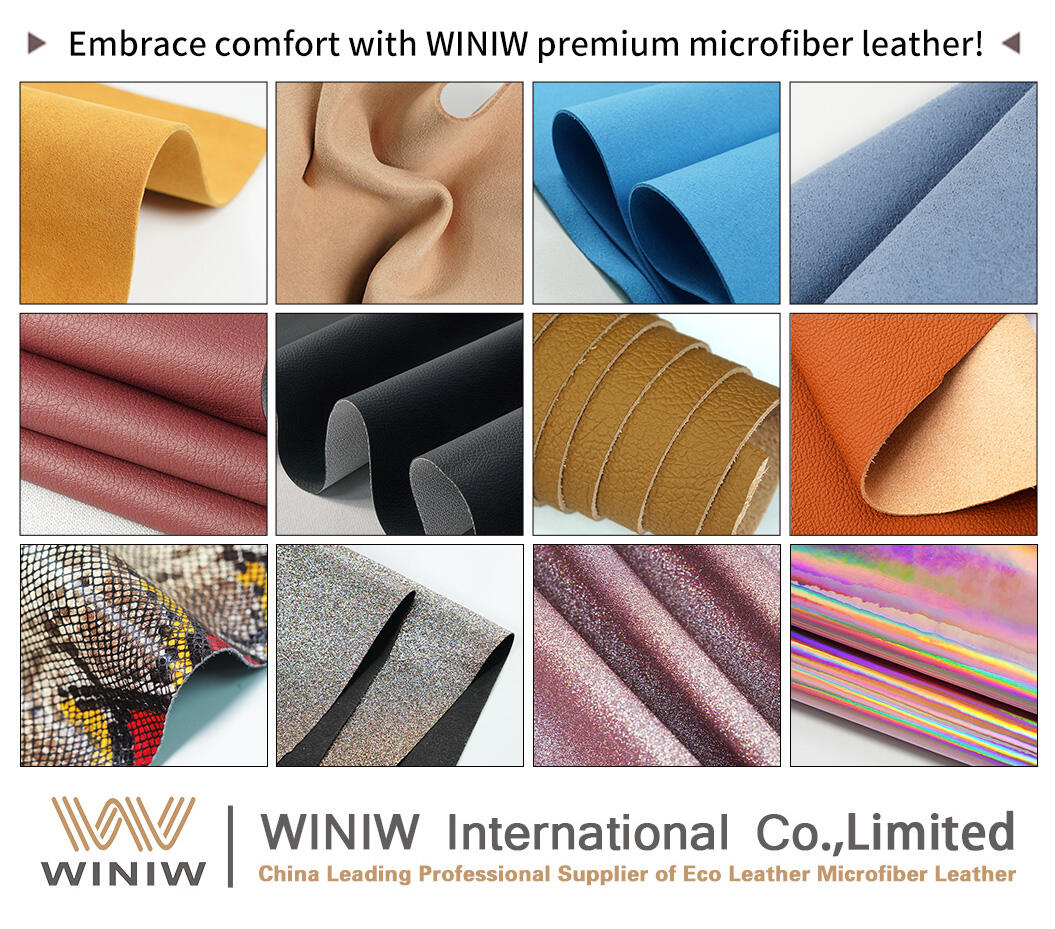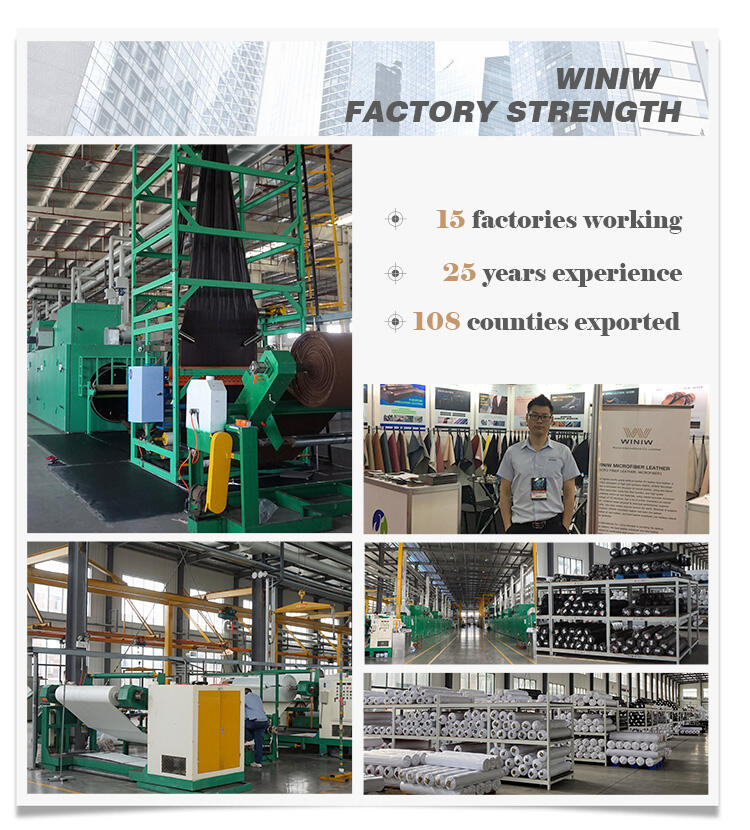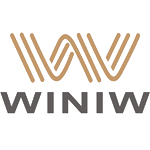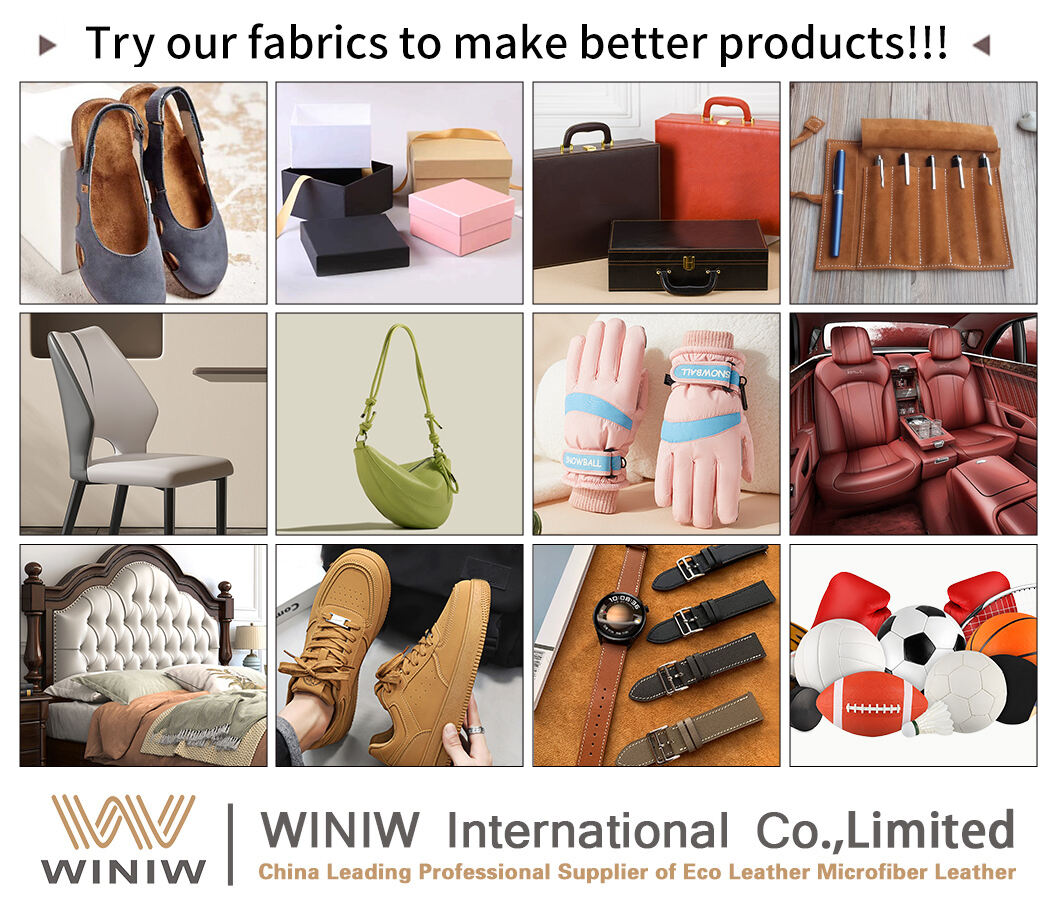Տեքստիլների և նյութերի լայն տարածքում, համարվող հաշվարկ , որը նաև հայտնի է որպես սինթետիկ կապակ, զբաղեցնում է միակ և ավելի և ավելի կարևոր տեղ. Այս բազմակից, նորագույն նյութերի կատեգորիան փոխարինել է մոդա, ավտոմոբայլ, մебել և այլ բազմաթիվ ուստադամունքներ, առաջարկելով համարժեք, արժեքավոր և արդյունավետ աղբյուր իրական կապակի փոխարինման համար. Եկեք գնահատենք սովորական կապակի հետաքրքիր աշխարհը, հետանքով նրա ծնունդներին, տեսակներին, առավելություններին և այն տեսարկումներին, որոնք ձևավորում են նրա ապագային:
Ծագում եւ էվոլյուցիա
Համարակից գեղավորի ծագման հաստատությունը հետագա 20-րդ դարին է, երբ առաջին փորձերը կատարվեցին գեղավորին նման նյութեր ստեղծելու համար՝ օգտագործելով սինթետիկ նյութեր, ինչպիսիք են վինիլը և պլաստիկը: Տասնամյակների ընթացքում, տեխնոլոգիական զարգացումները նำի են բարեկարգ սինթետիկ գեղավորների զարգացման, որոնց յուրաքանչյուրը ունի իրենից հատուկ հատկություններ և կիրառություններ: Սկսած PVC (ployvinyl chloride)-ից և վերջացած միկրոթերևանով և միրացումներով սինթետիկներով, համարակից գեղավորի արդյունաբերությունը շատ ավելի հեռավոր է գալիս:

Համարակից գեղավորի տեսակներ
Համարակից գեղավորի աշխատարանը բազմաобраз է, ներառում է տարբեր նյութեր, որոնք բավարարում են տարբեր պահանջներին և նախագիծներին: Ամենատարածված տեսակներից մի քանիսն են՝
-
PVC մանրական դերձական : Կատարված է պլաստիկացված վինիլից, PVC գեղավորը հայտնի է իր կարողության և ջրանցումից պահպանման համար: Դա հաճախ օգտագործվում է արտաքին մебելների, ավտոմոբայլի ներքին տարածքների և կոստյումների iếtնում:
-
PU մանրական դերձական : Պոլիուրեթանյան գեղավազքը սինտետիկ գեղավազքի ավագ տեխնոլոգիան է, որը բացակայում է PVC-ից ավելի մỀկ շուշանգույն և ավելի շեղելի դատողություն։ Այն հավանաբար կարող է պատճառել արժանի գեղավազքի տեսք և երունդը, ինչը դարձել է հայտնի մոդային, մебելային և ավտոմոբայլային կիրառումներում։
-
Միկրոթերև մանրական դերձական : Wie առաջին դիսկուսիայում՝ միկրոթերև մանրական դերձական կառուցված է ուլտրա փոքր բոլոր բանալից կամ նիլոնային թերակներից, որը բացակայում է լուսավոր տեսք և արտահայտ հասանելիություն։ Նրա միջավոր պարտադիրությունները և վեգանական կարծիքները դարձնում են այն աճող հավանաբար։
-
Ekologik Սինտետիկ Գեղավազք : Պատասխանելով աճող պահանջին ստեղծելու համար հասարակական նյութեր, էկոլոգիական սինտետիկ գեղավազքերը կառուցված են վերականգնվող պլաստմասներից, բույսային բազմատարածներից կամ այլ միջավոր հասարակական նյութերից։ Այս նորությունները դարձնում են հնարավորությունները սահմաններից դուրս։
Սինտետիկ Գեղավազքի Կոմֆորտները
Սինտետիկ գեղավազքը բազմաթիվ կոմֆորտներ է առաջարկում, որոնք դարձնում են այն առանցքային ընտրություն տարբեր արդյունաբերությունների համար։
-
Գումարային արդյունավետություն : Սինթետիկ մաշկեր սինտետիկ գեղավազքները ընդհանուրապես են ավելի թանգարան արժանի գեղավազքից, ինչ դրանց հասանելիությունն է ավելի լայն սպասարկողների համար։
-
Տևականություն : Բազմերկար սարքավոր սառնաշնչությունները դիզայնված են կորցնելու և կորցման դեմ համոզված, որոնք երկար ժամանակ պահում են որոշ բնական նյութերից ավելի։
-
Բազմազանություն : Կարողությունը գեներական գույների, տեքստուրաների և ավարտների արտադրության միջոցով սարքավոր սառնաշնչությունը կարող է համապատասխանել տարբեր դիզայնային աեստեթիկային պահանջերին։
-
Կայունություն : Եկո-սինթետիկ տարբերակների օգտագործմամբ, սարքավոր սառնաշնչությունը բարձրացնում է արդյունավետ տարբերակ تقليստական սառնաշնչությանը՝ նվազեցնելով միրական ազդեցությունը։
-
Էթիկ արտանորոգում : Սառնաշնչության հակառակը, որը հաճախ ներառում է կենդանականների գործարանացում և մշակում, սարքավոր սառնաշնչությունը վեգանյան է և անհանգստություն չի ներառում։
Համագործակցության տեսանկյուններ և ապագա հնագումներ
Սարքավոր սառնաշնչության համագործակցությունը արագ է զարգացում, որը արագացվում է սպառողների ներդրումներով՝ ստեղծելու համար համարվող նյութեր՝ էթիկ, արդյունավետ և արժեքավոր։ Հիմնական տեսանկյունները, որոնք ձևավորում են համագործակցությունը՝ ներառում են․
-
Կենտրոնացված է համարձակության վրա : Արտադրացուցիչները ավելի շատ են սկսում օգտագործել էկոլոգիական արտադրանքային գործընթացներ և օգտագործելու վերականգնված կամ բույսային նյութեր՝ նվազեցնելու համար միրական ազդեցությունը։
-
Տեխնոլոգիական նորարարություն : Մարմնավոր գիտության նոր հաջողությունները նำում են նոր տիպի սինթետիկ արծաթի զբաղեցումին, որոնց հատկությունները դարձնում են ավելի լավ, օրինակ, ավելի լավ շոգելիություն և կարողություն։
-
Աճող պահանջը նոր շուրջականում : Երբ էկոնոմիանք աճում են և հաճախորդների ծախսերը ավելանում են նորարար MADE շուրջ, սինթետիկ արծաթի արտադրանքների պահանջը սպասարկվում է աճել։
-
Անհատականացում և անձնավորում : Հաճախորդները փնտրում են միակ, անավարտելի արտադրանքներ, արագացնելով սինթետիկ արծաթի պարունակելիության պահանջը։
Ընդհանուր առմամբ, սինթետիկ արծաթի արդյունքաբանությունը դինամիկ և նորարար հատուկ է, որը խաղացող դեր խաղացնում է ժամանակակից դիզայնի և ծախսային արմատների ձևավորման մեջ։ Ստացիոնար և կարողանալի նյութերից մինչև կարևոր և արդյունավետ համարիչներին, սինթետիկ արծաթը բա numberOfRowsInSection և հավանական տարբերակ է բազմաթիվ արդյունքաբանությունների համար։ Տեխնոլոգիայի անընդհատ արդյունավետության և հաճախորդների նախագիծների դիրքավորումից հետո, սինթետիկ արծաթի ապագա դիտվում է ավելի բարդ ներդրումները նյութերի և դիզայնի աշխարհում։


 EN
EN









































